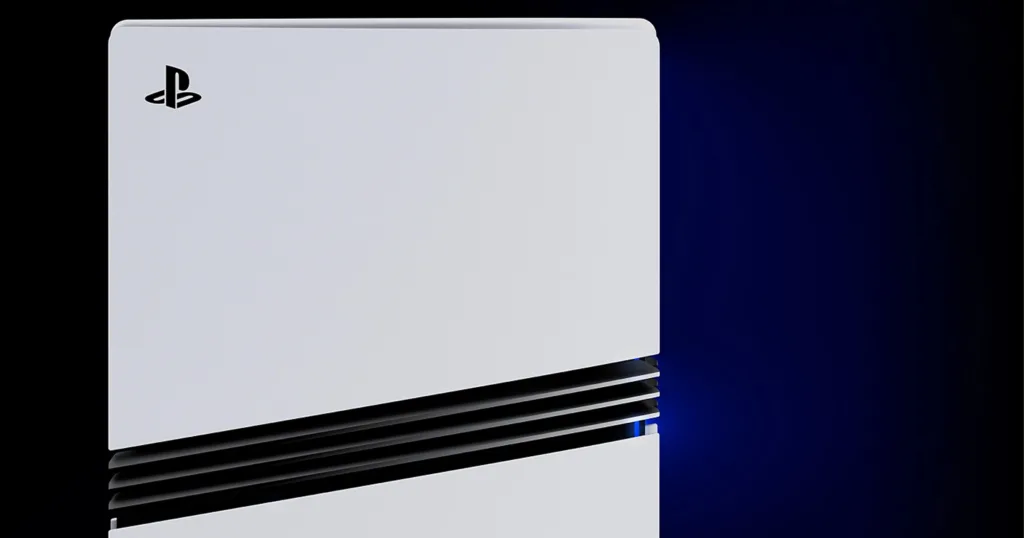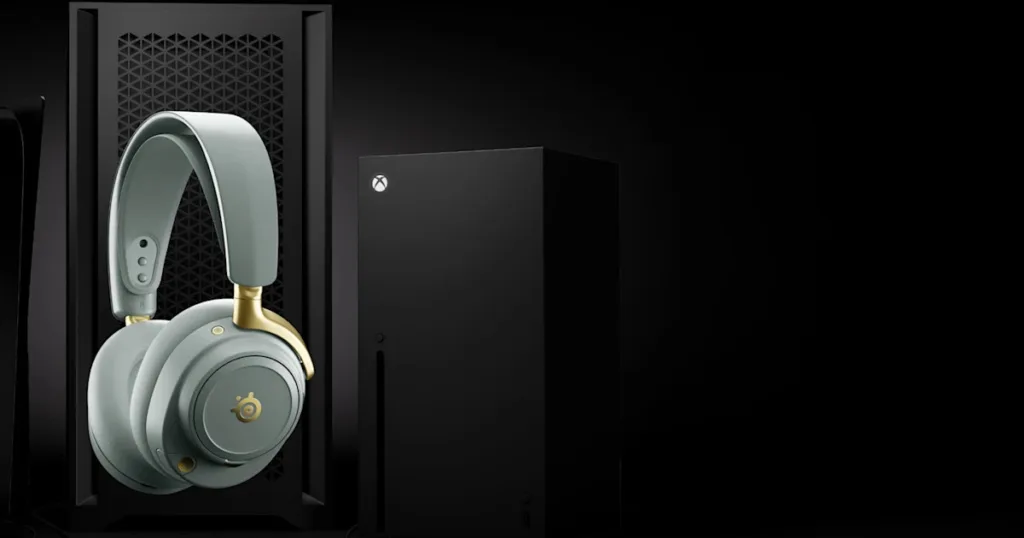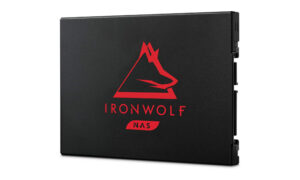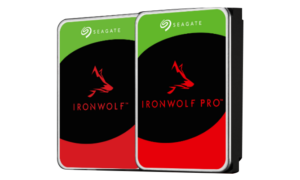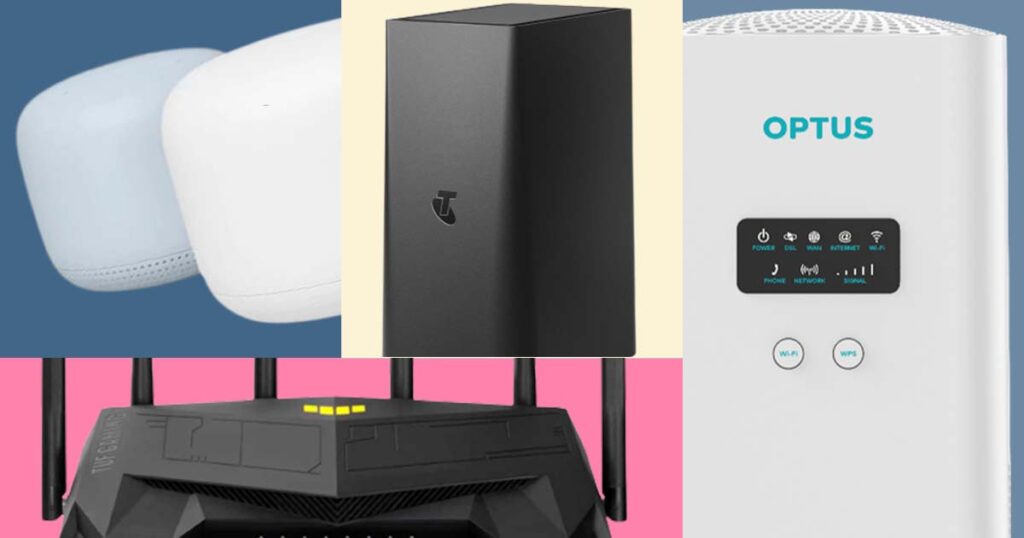Seagate backs up your backups with Rescue Recovery
When you’re setting up network-attached storage (NAS) in your home or business, it can be easy to assume that a hard drive is a hard drive, and that there is little difference between your options other than capacity and price.
The Seagate IronWolf range of NAS-ready HDDs makes a strong case to look a bit deeper into this decision.
How much does a Seagate IronWolf 125 SDD cost in Australia?
Data effective 21/04/2023. Prices subject to change.
SSD technology is newer, faster and comes in smaller packages, so you should expect it to be more expensive than HDDs with matching storage capacity.
Exploring current street prices, the IronWolf 125 costs roughly 4x to 5x more than an equivalent Seagate NAS-ready HDD. This cost difference is the same regardless of the brand of storage, too. Western Digital NAS storage has roughly the same cost divide.
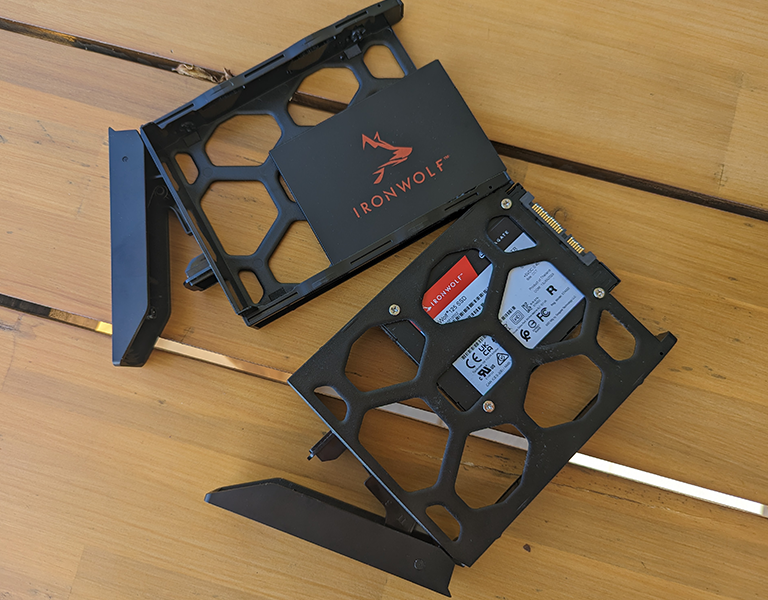
Seagate IronWolf: key specs and features
So, what does this bump in price pay for? It may seem like folly to pay multiple times more when the storage capacity is the same, but SSDs are simply better across the board.
Read and Write speeds are one of the most important metrics to consider when buying storage. Seagate 125 SSDs write at speeds more than twice as fast as the best HDDs, up to 560MB/s. Read speeds aren’t far behind, at max speeds of 540 MB/s.
SSDs don’t have moving parts, unlike HDDs where data is stored on discs spinning thousands of times minute. The result is silent operation and one-third of the power consumption — IronWolf 125 SSDs use 2.4W during use, while similar HDDs run up to about 8W.
The downside to an SSD is limited storage capacity. The IronWolf 125 range runs from 250GB drives up to 4GB drives, while HDD options max out at 22TB in a single unit.
But this just means that you need to understand your use case and plan ahead. The speedy performance of an SSD makes it an excellent choice for running a media server and streaming video to external devices. Media creators may need the speed boost to use their NAS as a scratch drive for editing software. However, in both cases the maximum 4TB capacity might limit the viable of an SSD in certain setups.
For this review, I installed two Ironwolf drives in a Synology D723+ NAS and positioned it near my office desk, only about a metre from me while I work, and I can confirm that Synology NAS is basically silent in operation.
I also found the performance to be excellent while testing its suitability for a home media server or small business application. You need to factor in the quality of the NAS itself when judging this experiential performance, but nevertheless, the IronWolf drives handled all stress tests in our process
How much does a Seagate IronWolf HDD cost in Australia?
Data effective 21/04/2023. Prices subject to change.
Seagate IronWolf drives come in a range of storage capacity options, with each terabyte incrementally increasing the sticker price. There are 1TB and 2TB drives for smaller storage needs, all the way up to a massive 22TB IronWolf Pro drive for those who need to access and protect much larger files — a video editor might be a good example.
There is also the choice between the standard IronWolf and the IronWolf Pro models, which also impacts price. One of the key differences is that Pro drives are designed to handle storage pools in NAS units with up to 24 drive bays, whereas the standard model is for use in 8-bay NAS products, or smaller.
The difference in price tends to be fairly negligible and dependant on the storage capacity. Mostly you should expect to pay about $100 for a Pro model, but we’ve seen example where the prices are the same, or the Pro model is a little cheaper. It certainly worth shopping around for a bargain.
Seagate IronWolf HDD: key specs and features
Perhaps the most important point to cover first is that Seagate drives are recognised as compatible with all major brands of NAS drives, from Synology to QNAP, and down the list.
The IronWolf family shares similar performance-focused specs which sets these drives apart from cheaper rivals.
- Transfer rate of between 180MB/s and 240MB/s (higher capacity drives are faster)
- 256GB cache (1TB to 4TB drives also have a 64GB cache option)
- Operating energy consumption between 3.1 and 7.7kw/h (larger drives use more power)
- Operating drive volume of under 30 decibels
Compared with other similar drives, the IronWolf range tends to be marginally louder and use a tad more power, but this is offset by class-leading performance.
Ironwolf drives with 8TB of storage or more operate with a Spindle speed of 7,200 RPMs, a big jump up from the 5,400 RPMs common across competing products. The 256GB cache is also a big factor in speeding up data access speeds, which is essential for heavier workloads.
Seagate offsets noise concerns and hard drive health with a suite of hardware and software enhancements named AgileArray. This alliterative jargon stands in for tech that minimises vibrations during use and dampens sound as a result. Lower vibrations also protect data integrity.
For video streaming, AgileArray also supports the ATA-8 command set to handle accessing large, sequential block transfers, which has obvious applications in streaming video from a NAS to another device, like a smart TV or a game console.
Of course, the importance of any of the factors listed above will come down to how you plan on using a NAS, and where you plan to set it up.
For as robust as any hard drive may be, any storage solution can fall over and risk data loss. If you’re setting up a NAS, then you’re probably well aware of this and are planning on building redundancy into your setup.
Seagate go a step further and offer 3-years of its Rescue Recovery Data Services with all IronWolf NAS drives. In the event of a fault, IronWolf drive owners can contact Seagate techs for assistance in recovering the data, and can send the drive in once for a proper data recovery effort, for which Seagate claim a 95% success rate.
Is it worth buying a Seagate IronWolf drive for your NAS?
Seagate IronWolf NAS drives are the cream of the crop, and a worthy addition to any NAS setup you have, or are planning to install.
There are cheaper options, if you feel you can forgo the 24/7 always-on reliability of a NAS-specific disk. But, the asking price of an IronWolf hard drive is near enough to these budget options, to easily justify an extra expense as a trade-off for data-saving tech and Seagate’s 3-year data recovery service.
Related Articles
